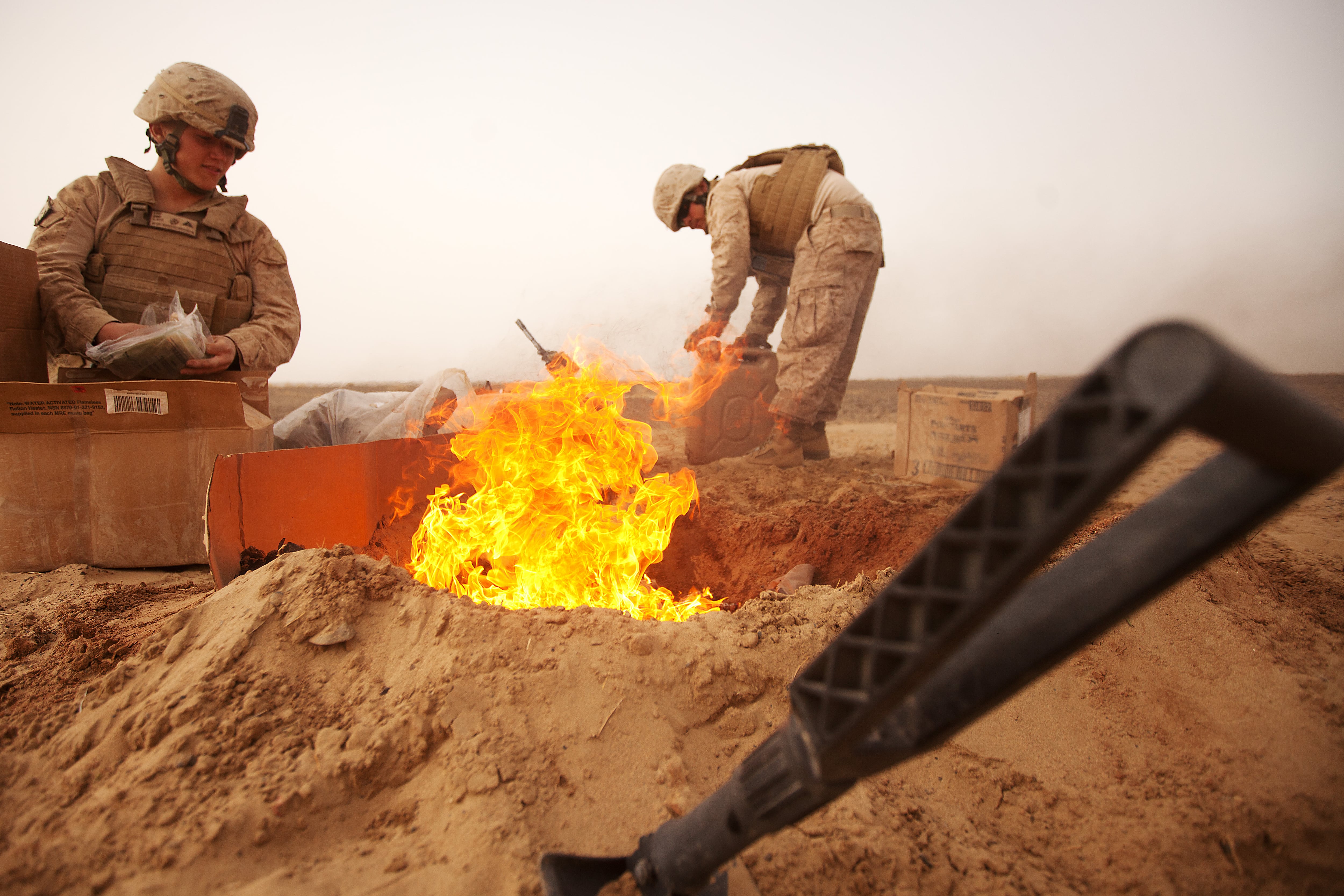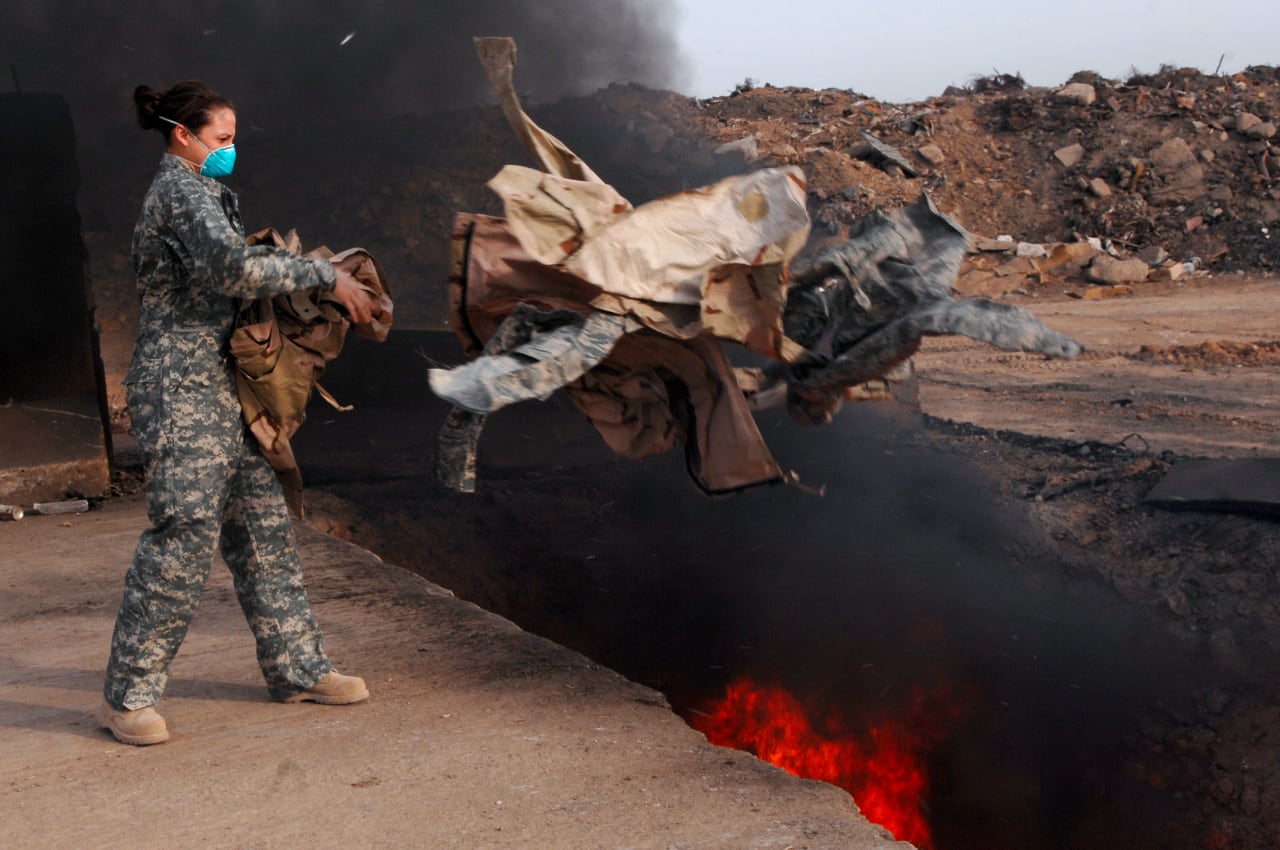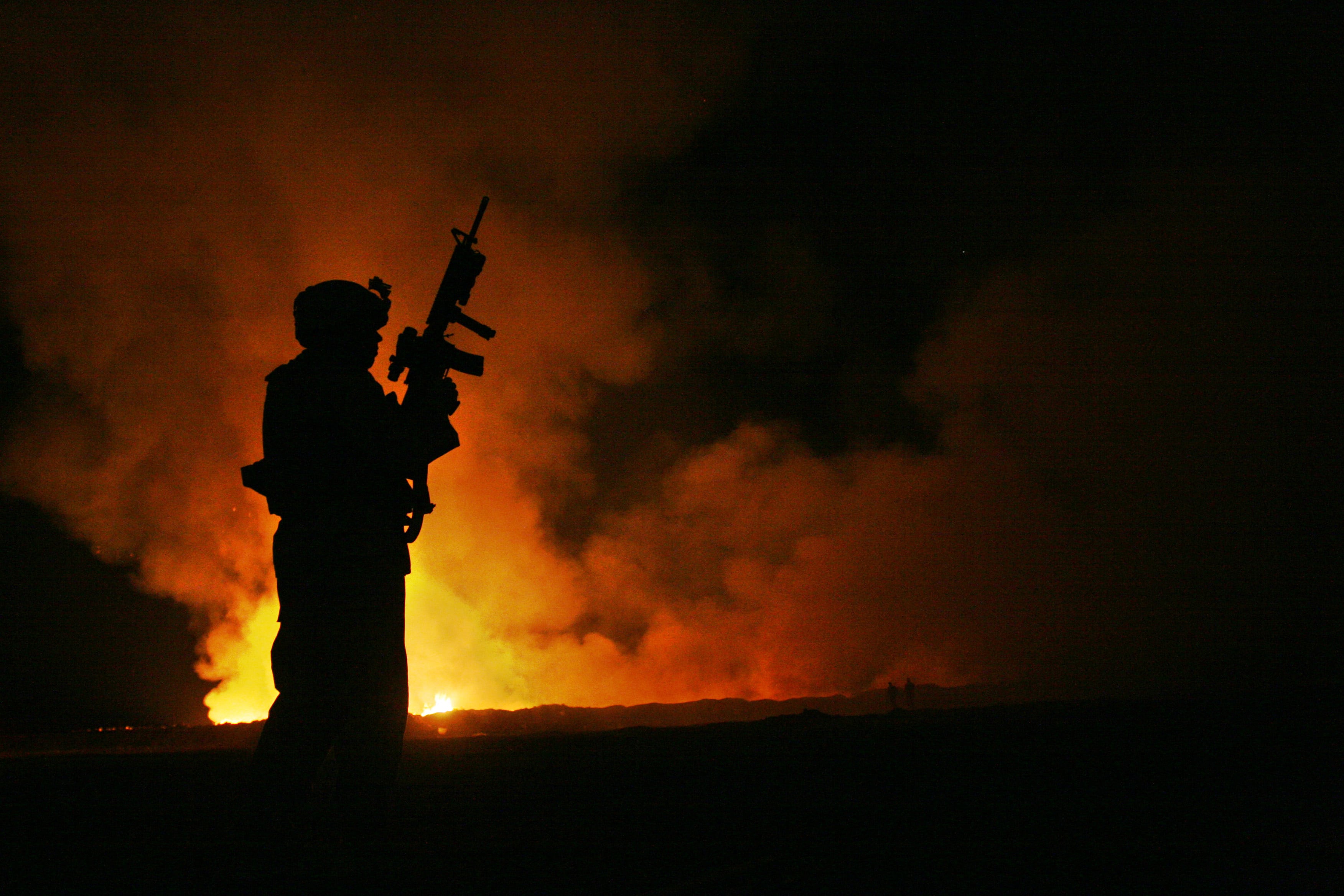The nearly decade-old Veterans Affairs registry to track burn pit illnesses and help veterans get care for those injuries is achieving neither of those goals, according to research from independent health experts, who are recommending major changes to the effort.
“[Our findings] conclude that there are no refinements or improvements that will allow the registry to serve as a population health surveillance system,” said Kristen Olson, director of sociological research at the University of Nebraska-Lincoln and a member of the National Academies of Sciences, Engineering and Medicine committee analyzing the registry.
“Because there is no way for registry participants to update their health information, there is no way for the registry to accomplish this goal or even to monitor health patterns over time.”
Olson’s comments came during an event Friday unveiling the research, mandated by Congress after concerns arose about the effectiveness of the Airborne Hazards and Open Burn Pit Registry.
RELATED

More than 317,000 veterans have enrolled in the registry since it was launched in 2014. VA officials say the goal of the effort is to “put data to work for veterans and help us better understand the potential health effects of exposure to airborne hazards during military service.”
But veterans advocates have complained for years that the registry is too restrictive and complicated, and offers little direct benefit to individuals who participate.
The Department of Defense estimates that nearly 3.5 million troops from the recent wars alone may have suffered enough exposure to toxic smoke from open-air burn pits to cause health problems.
Members of the committee researching the registry said more than 130,000 individuals started the enrollment process but never completed it, undermining the VA’s goal of getting a thorough accounting of illnesses among the veterans population.
It is also a voluntary endeavor, meaning the individuals who choose to participate may not be a good representation of the veterans population as a whole.
“The stated registry purpose of research about how the effects of airborne hazards and conducting population health surveillance are unattainable,” said David Savitz, a professor of epidemiology at Brown University in Rhode Island and chairman of the committee.
“The data collected to meet these purposes is not helpful. Efforts to address these important functions could be pursued in other more effective ways.”
RELATED

The analysis comes just a few months after Congress approved a host of new benefits for veterans dealing with toxic exposure issues and research mandates for VA officials to better identify and care for those injuries.
Researchers said the time and resources spent on the registry could be better spent on new tools to improve outreach to victims of toxic exposure injuries and to link those individuals to their health care options.
“It has great value in certain areas, and those areas are well worth developing,” Savitz said. “So, even though it doesn’t meet some of the original goals, it has important goals that it is capable of attaining and that could be enhanced and streamlined going forward.”
The registry is available through the VA website. The report on its shortcomings is available on the academies website.
Leo covers Congress, Veterans Affairs and the White House for Military Times. He has covered Washington, D.C. since 2004, focusing on military personnel and veterans policies. His work has earned numerous honors, including a 2009 Polk award, a 2010 National Headliner Award, the IAVA Leadership in Journalism award and the VFW News Media award.





